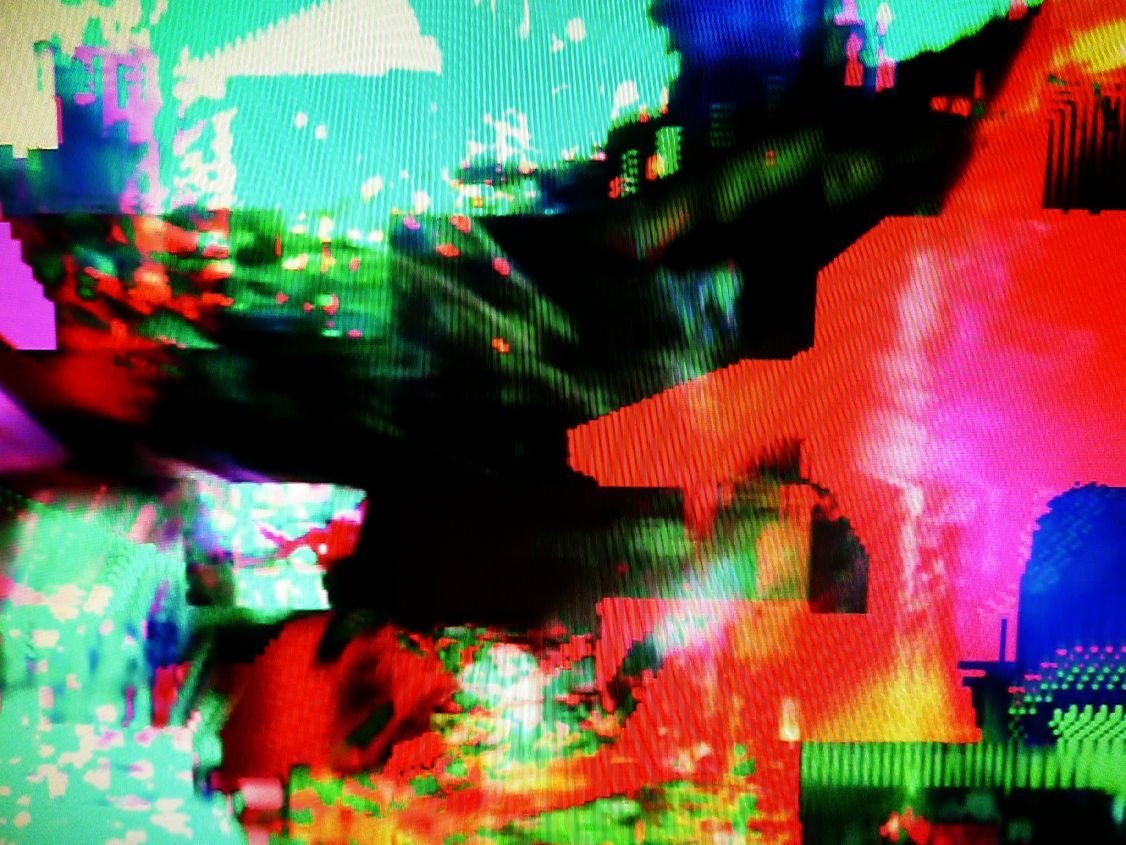What a semester it has been. I went into this year not knowing what would happen, but I’m glad the way it’s turned out. I have solidified myself a group of friends that I can see being people who I will want to keep in contact even after UNI, and that is a great thing to know. Throughout the semester I have learn’t so many new things, both within media and in my other courses such as Politics and Asian Studies. One of the interesting things that I found from studying these subjects, is that they all intertwine with each other, they all have something in common. I think this similarity comes from the nature of media and the way the key concepts and ideas are shared amongst all media fields, whether it be in politics or film. Along with the good, also comes the bad. There have been things that I have learn’t not do this semester, things that I am glad I have realised so early in UNI, so that I can continue the rest of this course, knowing what it takes to do well. Aspects such as time management are things that are crucial to undertaking any project, no matter what size it is, time management is paramount to achieve any task. There have been times during this semester where I have been kicking myself, knowing that I could have started “this and that” weeks ago, knowing that the “night before” was a time that never had to come. When moving into next semester and the years ahead, I am going to take greater care in time management, knowing the downfalls that not managing your time effectively can have.
Two of the most challenging aspects of the course was staying focused and making friends. After year 12 I thought that this year would be easy, all the motivation and drive that I had last year would surely carry over into UNI. Well… it didn’t! There have been so many new things happening this year that i’ve had to worry about. Being independent is hard work and if you don’t take account for the responsibility that your have for your self, then things will get out of hand. Fortunately things didn’t get out of hand, but there were definitely times, where binging on Youtube videos was less than productive. As a reserved guy like myself, I find it hard to instantly warm up to people, it takes time for me to get to a point where I feel comfortable with the people I am associating my self with. However, one thing I realised this year (something that I want to change) is that most people don’t have enough time, there comes a point where you either put in the effort or the friendship fizzles out. As I move forward, I am gradually gaining the confidence to put myself out there and make the connections that hopefully, will last long into the future.
The major thing that I have discovered about my creative practise, is that although group work is fun, I do prefer to work solo. Not all the time, but definitely when actually producing the product. I love working with people to formulate ideas, but when it comes to the execution of these ideas, often I need the space to do my own thing. In saying that however, if i’m interested in the group work that we are doing, I am much more eager and happy to work with a group people. The group project this semester, although interesting, did not keep me fully engaged the whole time and I think that was a key factor contributing to my enjoyment of the task.
I have chosen five posts that I think best reflect my journey throughout this semester. These posts detail times when I have been questioning my own abilities, to times where I feel focussed and on point. Likewise, the posts provide my insights to the course work I have completed throughout the semester, whilst providing my own opinions about the major topics that have been discussed both in media and outside of the media program.
Learning Graph:










